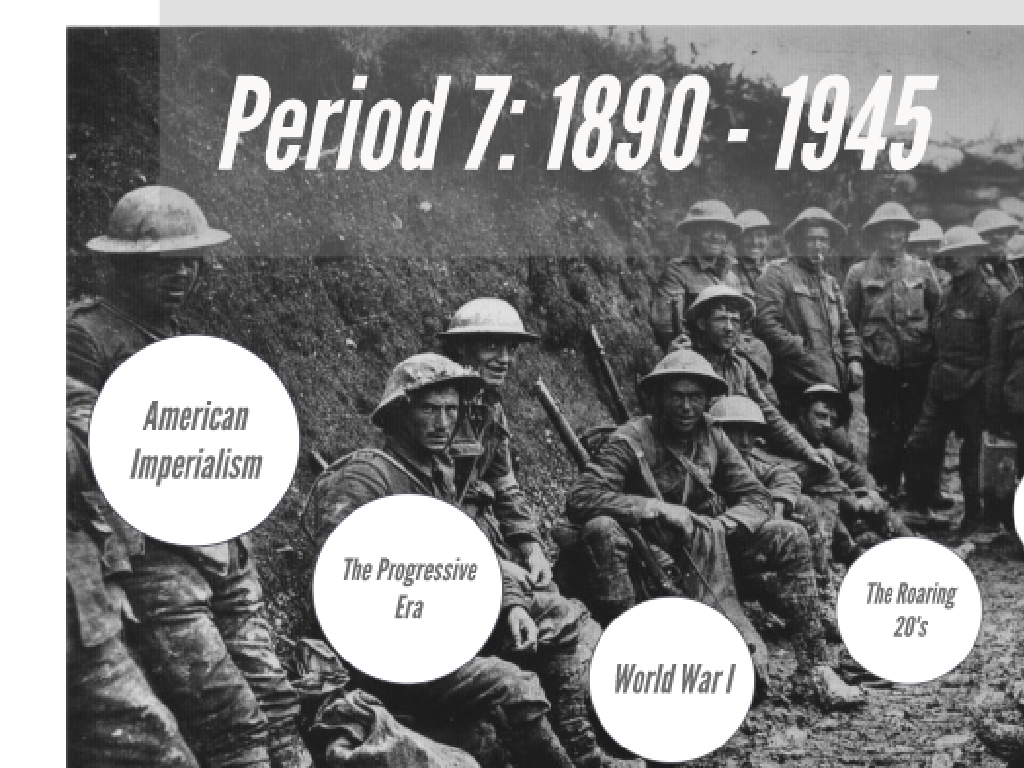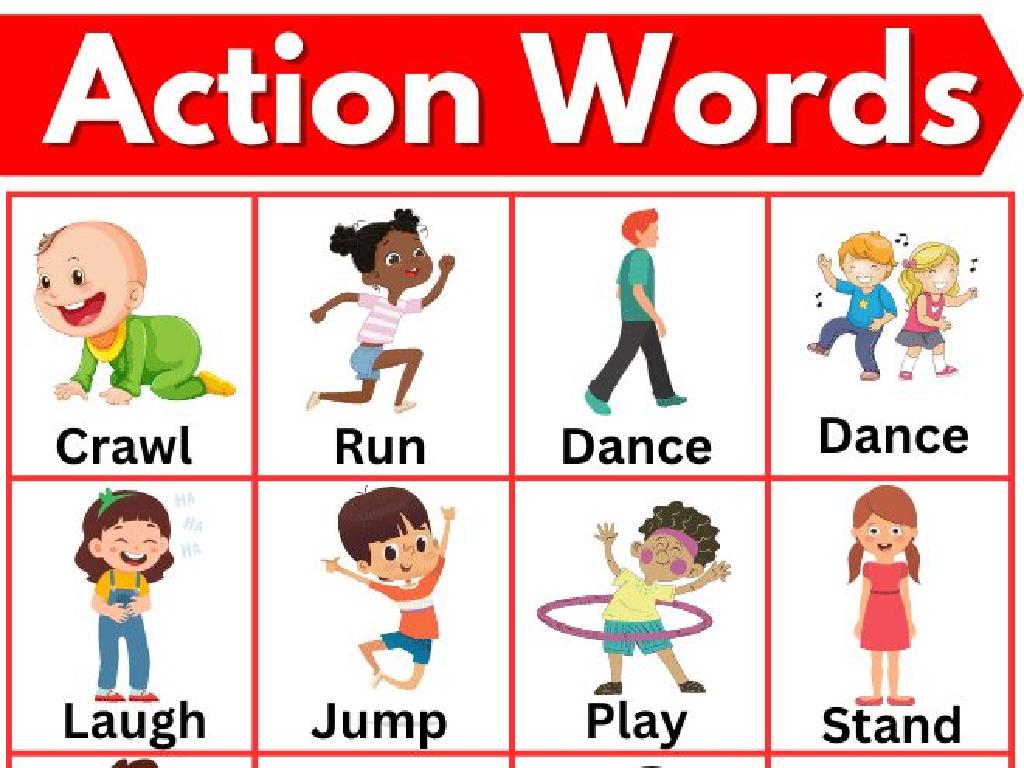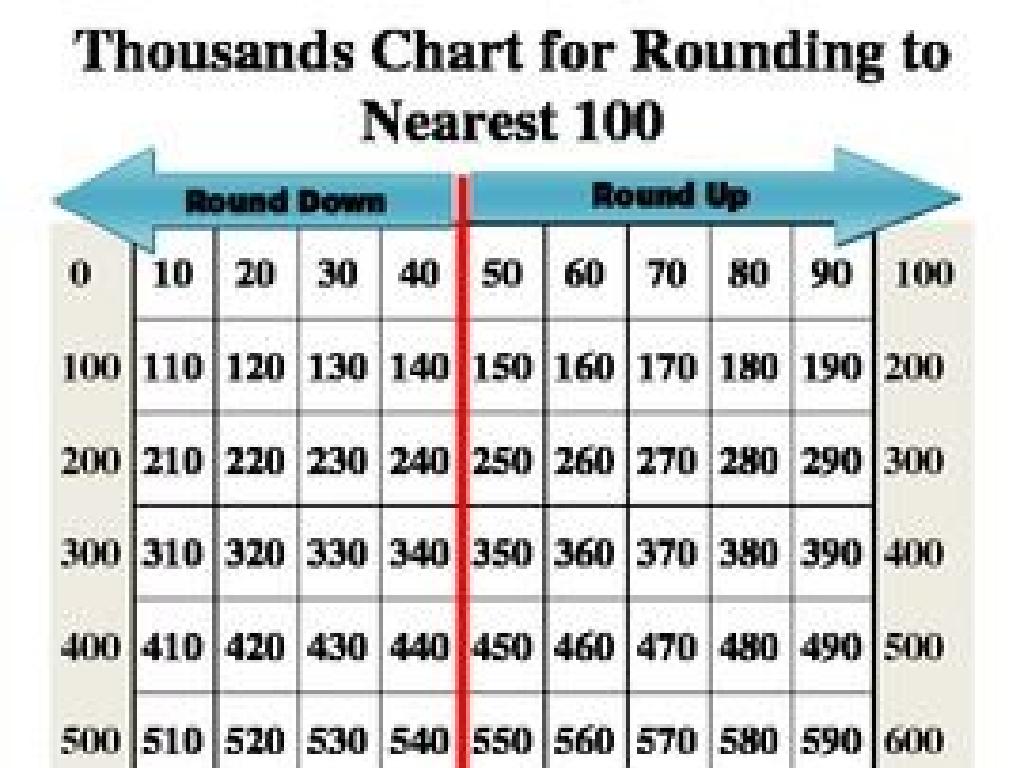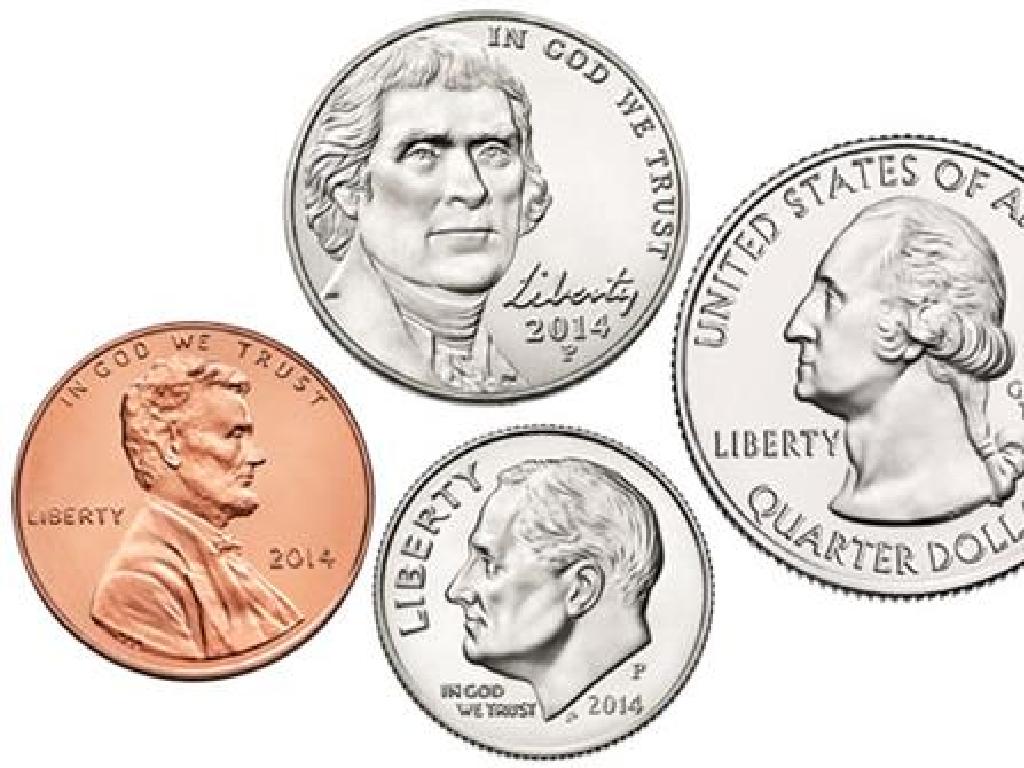Christmas
Subject: Social studies
Grade: Third grade
Topic: Cultural Celebrations
Please LOG IN to download the presentation. Access is available to registered users only.
View More Content
Exploring Cultural Celebrations: Christmas
– What are cultural celebrations?
– Events that honor traditions and customs of a culture
– Examples of cultural celebrations
– Diwali, Eid, Hanukkah, and Chinese New Year
– Today’s special focus: Christmas!
– Christmas is celebrated worldwide with unique traditions
– Understanding Christmas traditions
|
This slide introduces the concept of cultural celebrations, which are important events that reflect the values, traditions, and customs of a culture. Provide examples of various cultural celebrations to show diversity, such as Diwali, Eid, Hanukkah, and Chinese New Year. Then, transition to focus on Christmas, explaining that it’s a holiday celebrated by many around the world in different ways. Discuss common traditions like decorating Christmas trees, exchanging gifts, and family gatherings. Encourage students to think about what Christmas means to them and to share any traditions they have with the class.
What is Christmas?
– Christmas: A holiday on December 25
– Celebrates the birth of Jesus Christ
– For Christians, it’s a religious celebration
– A season for family and giving
– People exchange gifts and spend time together
– A time of joy and festivities
– Decorations, music, and special events
|
This slide introduces students to the basic understanding of Christmas. It is important to highlight that while Christmas has Christian origins, it is celebrated by many people around the world in various ways. Emphasize the universal themes of family, giving, and joy during this holiday season. Discuss how different cultures might have unique traditions, but the spirit of togetherness and kindness is shared. Encourage students to think about what Christmas means to them and how they celebrate it with their families. This can be a good opportunity to introduce the concept of cultural diversity and respect for different traditions.
Christmas Traditions Around the World
– Decorating Christmas trees
– Families decorate trees with lights, ornaments, and stars.
– Exchanging gifts
– People give presents to show love and joy.
– Singing Christmas carols
– Songs about Christmas are sung to spread cheer.
– Learning about other traditions
|
This slide introduces students to various Christmas traditions. Start by explaining the significance of decorating Christmas trees, which includes making the tree look festive with colorful decorations and lights. Discuss the joy of giving and receiving gifts, and how this practice is a way to show care for others during the holiday season. Singing carols is a fun activity that brings people together and spreads happiness. Encourage students to think about their own family traditions and be ready to learn about how other cultures celebrate Christmas in different ways. This will help them appreciate the diversity of cultural celebrations.
Symbols of Christmas
– Santa Claus and reindeer
– Jolly man in red who delivers gifts
– Christmas stockings
– Hung by the fireplace for Santa to fill
– Mistletoe traditions
– Hung up; people kiss underneath it
– The Nativity story
– Birth of Jesus Christ in Bethlehem
|
This slide introduces students to the various symbols associated with the Christmas holiday. Discuss the legend of Santa Claus, a jolly man in a red suit, who, with his reindeer, is said to deliver presents to children around the world. Explain the tradition of hanging stockings by the fireplace for Santa to fill with goodies. Talk about mistletoe, a plant that is hung in doorways and under which people are encouraged to kiss as a sign of love and friendship. Lastly, share the story of the Nativity, which is the religious basis for the holiday, commemorating the birth of Jesus Christ in Bethlehem. Encourage students to share their own family traditions and symbols that make Christmas special for them.
Christmas Around the World
– Christmas celebrations vary globally
– For example, in Australia, Christmas comes in summer and may include a beach day.
– Each country has unique traditions
– In Mexico, ‘Las Posadas’ reenacts Mary and Joseph’s search for shelter.
– Universal Christmas spirit
– The joy of giving, family time, and kindness is shared worldwide.
|
This slide aims to introduce students to the diverse ways Christmas is celebrated around the world, highlighting that while traditions can differ, the underlying spirit of the holiday remains the same. Discuss how in Australia, Christmas might involve a barbecue at the beach due to the warm weather, contrasting with the snowy scenes often associated with the holiday in the Northern Hemisphere. Explain ‘Las Posadas’ in Mexico, where people go from house to house, singing carols and reenacting the nativity. Emphasize that despite these differences, the spirit of Christmas as a time for generosity, family, and goodwill is a common thread that connects cultures across the globe. Encourage students to think about what Christmas means to them and how their own traditions contribute to the holiday’s universal spirit.
The Importance of Respect in Cultural Celebrations
– Respect all cultural celebrations
– Appreciate diversity in traditions
– Understanding that each culture has its unique way of celebrating
– Learn from different traditions
– Sharing and discussing what we do during our own celebrations
– Christmas as a time for respect
– Christmas teaches us to value and respect everyone’s beliefs
|
This slide aims to teach students the value of respecting different cultural celebrations, with a focus on Christmas as an example. It’s important to instill in students an appreciation for diversity and the various traditions that come with different celebrations. Encourage them to learn from each other by sharing their own family traditions and listening to others. Highlight that Christmas, while widely celebrated, is just one of many important cultural celebrations around the world, and respecting all of them helps us to grow and learn as individuals and as a community.
Class Activity: Create Your Own Christmas Card
– Let’s make our own Christmas cards
– Reflect on what Christmas means to you
– Think about your favorite Christmas memories or traditions
– Design your card with care and creativity
– Share and explain your card to a friend
– Tell your classmate why you chose your design
|
This activity is designed to allow students to express their personal connection to Christmas through art and sharing. Provide students with card-making materials such as construction paper, markers, stickers, and glitter. Encourage them to think about their favorite Christmas traditions, memories, or what they love most about the holiday season as inspiration for their card designs. Once the cards are made, have the students pair up and exchange cards. They should explain the elements of their design and what Christmas means to them. This activity fosters creativity, reflection, and communication skills. Possible variations of the activity could include making cards for family members, creating digital cards, or even a card exchange with another class.






